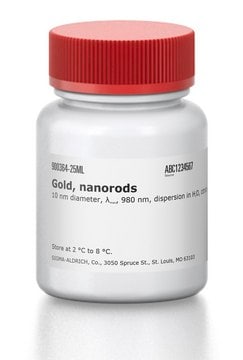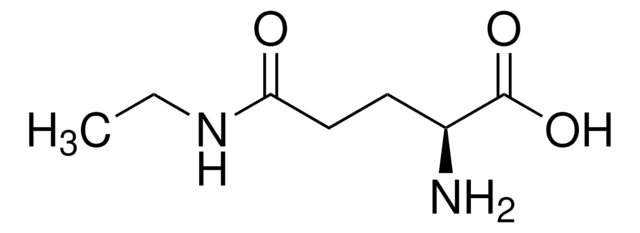C1017
Citrinin
from Penicillium citrinum, ≥98% (HPLC), powder, mycotoxin
Synonym(s):
(3R,4S)-8-Hydroxy-3,4,5-Trimethyl-6-Oxo-4,6-Dihydro-3H-Isochromene-7-Carboxylic Acid, 4,6-Dihydro-8-hydroxy-3,4,5-trimethyl-6-oxo-3H-2-benzopyran-7-carboxylic acid
About This Item
Recommended Products
product name
Citrinin, from Penicillium citrinum, ≥98% (HPLC)
biological source
Penicillium citrinum
Quality Level
Assay
≥98% (HPLC)
form
powder
storage temp.
2-8°C
SMILES string
C[C@H]1OC=C2C(O)=C(C(O)=O)C(=O)C(C)=C2[C@@H]1C
InChI
1S/C13H14O5/c1-5-7(3)18-4-8-9(5)6(2)11(14)10(12(8)15)13(16)17/h4-5,7,15H,1-3H3,(H,16,17)/t5-,7-/m1/s1
InChI key
CQIUKKVOEOPUDV-IYSWYEEDSA-N
Looking for similar products? Visit Product Comparison Guide
General description
Application
- a standard for calibration curve preparation for citrinin quantification Monascus purpureus ATCC 36928
- an internal standard in thin layer chromatography (TLC) for characterizing the citrinin from Aspergillus and Penicillium strains
- standard to characterize citrinin for rotten apples TLC
Biochem/physiol Actions
Signal Word
Danger
Hazard Statements
Precautionary Statements
Hazard Classifications
Acute Tox. 3 Dermal - Acute Tox. 3 Inhalation - Acute Tox. 3 Oral - Carc. 2
Storage Class Code
6.1C - Combustible acute toxic Cat.3 / toxic compounds or compounds which causing chronic effects
WGK
WGK 3
Personal Protective Equipment
Certificates of Analysis (COA)
Search for Certificates of Analysis (COA) by entering the products Lot/Batch Number. Lot and Batch Numbers can be found on a product’s label following the words ‘Lot’ or ‘Batch’.
Already Own This Product?
Find documentation for the products that you have recently purchased in the Document Library.
Customers Also Viewed
Our team of scientists has experience in all areas of research including Life Science, Material Science, Chemical Synthesis, Chromatography, Analytical and many others.
Contact Technical Service












